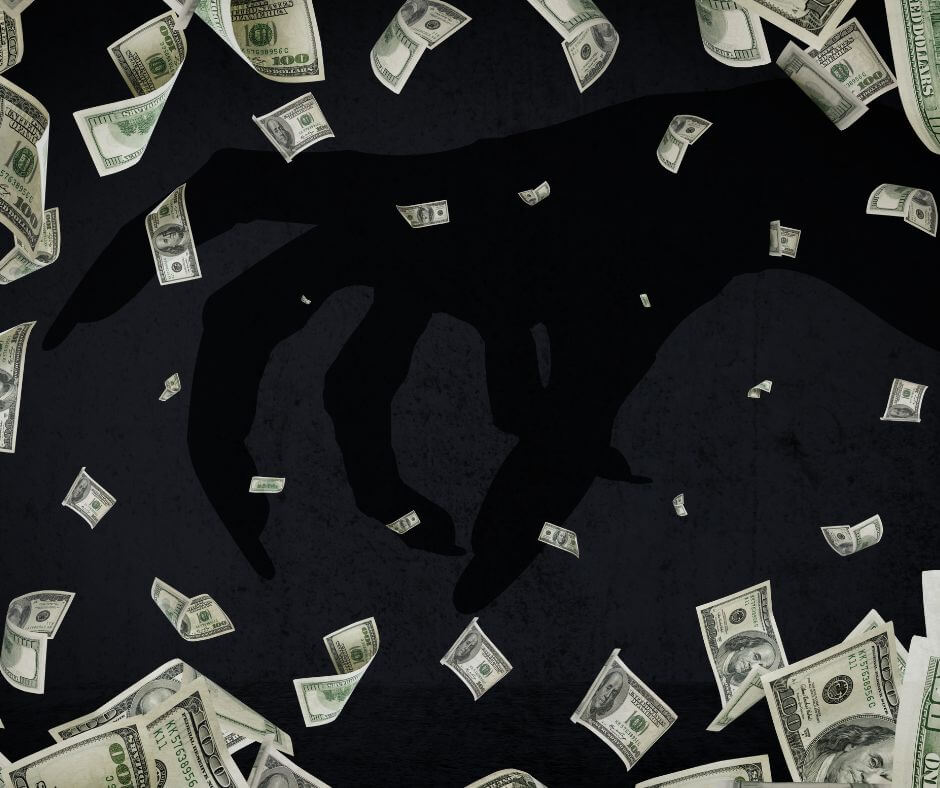Do You Smell a Conspiracy?

Creepy sex trafficker Jeffrey Epstein continues to cast long shadows since his “suicide” in a Brooklyn prison shortly before the government sponsored “pandemic.” (People across the country who scoff at any other conspiracy theory will blithely dismiss official accounts of his death at age 68.) His business associates have paid tens of millions to settle claims that they should have known better than to overlook his offenses. His friend Prince Andrew has been banished from the royal family. His girlfriend and procurer, Ghislaine Maxwell, is serving 20 years in prison. And hundreds of young women are left picking up the pieces of their lives in the wake of his monstrous crimes and cons.
Epstein was worth $600 million when he met his end. His holdings included a Manhattan townhouse, a Palm Beach mansion, a Paris flat, two Virgin Islands (yes, actual islands), and a 7,600-acre New Mexico compound. (Nothing good ever happens in a compound.) How did he manage to build such enormous wealth? That’s another mystery. Epstein told the world he was a financial advisor, although others have argued he actually made it by blackmailing his clients. A recent story peeks into one of Epstein’s most valuable client relationships and suggests Epstein wasn’t the financial genius he wanted us to believe.
Epstein’s client, Leon Black, amassed a $10 billion fortune running the Apollo Global Management, a private equity fund. (When he first interviewed to work for Lehman Brothers, they told him he didn’t have the brains or personality to succeed on Wall Street.) As his fortunes rose, Black began assembling a world-class art collection. (You know the 😱 emoji on your phone? In 2012, Black bought an original version of that painting for $119.9 million.) He became friends with Epstein, making him a trustee of his private foundation. The two men grew close enough that the Senate Finance Committee launched an investigation into the relationship. And that investigation revealed that from 2012-2017, Black paid the registered sex offender $158 million for “tax and estate planning advice.”
Last week, the New York Times detailed exactly what sort of “advice” Epstein delivered for those exorbitant fees. In 2016, Black was looking to defer tax on the sale of the Giacometti sculpture, Figure Moyenne II. At the time, sellers could use something called a “1031 exchange” to defer tax on the sale of an asset if they quickly reinvested those proceeds into a like-kind asset of equal or greater value. On November 23, Black sold the sculpture for $25 million to a trust controlled by Epstein. Then, that same day, he paid $30 million for Paul Cezanne’s Portrait de Vallier de Profil. (Slick, right? In 2017, Washington limited 1031 exchanges to real estate.)
The swap surely saved Black millions in tax. But that was only because the sale price was so high. Section 1031 is such a basic tax strategy that your local H&R Block could have suggested it. So, was Black really paying for advice? Or, as the Senate Finance Committee suggests, was he actually making a disguised gift? And if so, why?
A closer look at Black’s history offers more clues. Three women have accused him of rape, including his former mistress, and two who claim he raped them at Epstein’s townhouse. Black has also paid $62.5 million to the government of the Virgin Islands to settle Epstein-related claims. It doesn’t take a seasoned detective to make a plausible case that Black is trying to hide something. A cartoon crime-fighting dog could probably do the trick.
We may never know why rich, smart people like Leon Black paid Jeffrey Epstein so much money for such pedestrian advice. Fortunately, it won’t cost you $158 million to learn how to minimize your tax. You know who to call!
